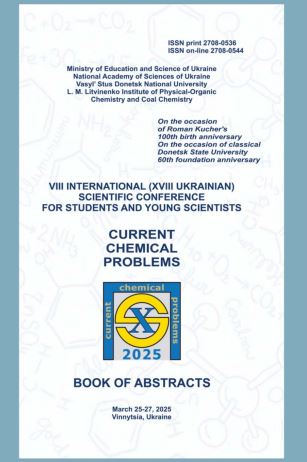Composite based on the Y2Ni17:Mg,Ti and Ca0.5Dy0.5MnO3 oxide as hydrogen sorption material
Abstract
Hydrogen energetics is one of the most promising areas in the modern industry. Materials for hydrogen accumulation in the form of hydrides of intermetallic compounds or composites are attractive and prospective. These materials have different crystal structures and chemical compositions and most of them derive from the CaCu5 (space group P6/mmm) parent type. For example, the Th2Ni17 structure type (space group P63/mmc) is related to CaCu5-type and has similar voids in the structure suitable to incorporate hydrogen atoms.

